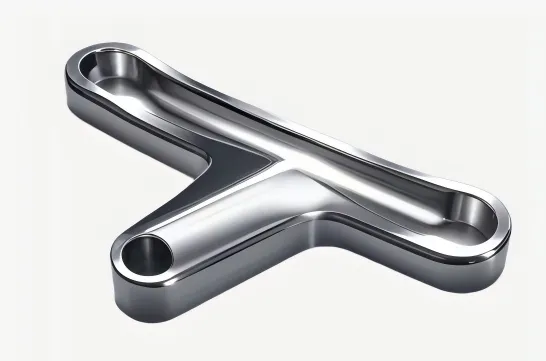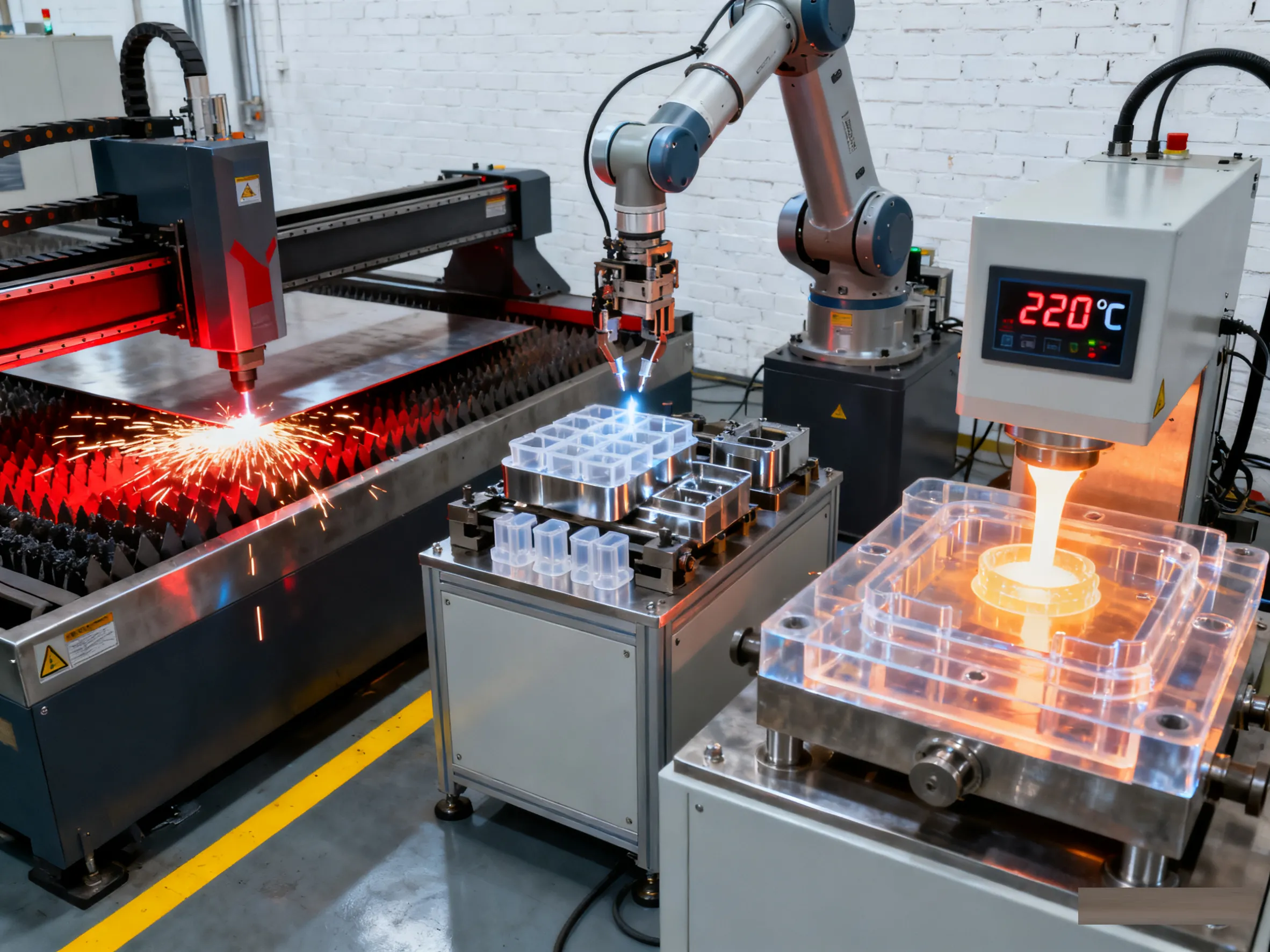Finishes and Post-Processing Options
As machined (standard): This standard finish leaves the part in its original state after machining. FlagShip can achieve 125 Ra or better. Finishing passes can be performed to further refine the surface roughness. This is the most common surface finish for stainless steel.
Powder coating: Powder coating creates an excellent and robust surface finish. Stainless steel is corrosion resistant to a wide array of chemicals, but some, like chlorides, still pose a challenge. Powder coating can be used to improve its anti-corrosion properties in these situations.
Bead blasting: This process creates a smooth and uniform matte finish by lightly blasting the surface. This surface finish is generally applied for cosmetic purposes.
Cost-saving Design Tips
To reduce the cost of stainless steel alloys, below are some design tips:
Choose the right alloy: Not all stainless steels are equal in price. Make sure that the chosen material is suited to the application. These metals are generally ideal in corrosive environments but not all are resistant to the same chemicals. To learn more, contact a FlagShip expert.
Machinability: Some stainless steels are more machinable than others. When only mild corrosion resistance is required, consider using free-machining stainless steel to reduce machining costs.


